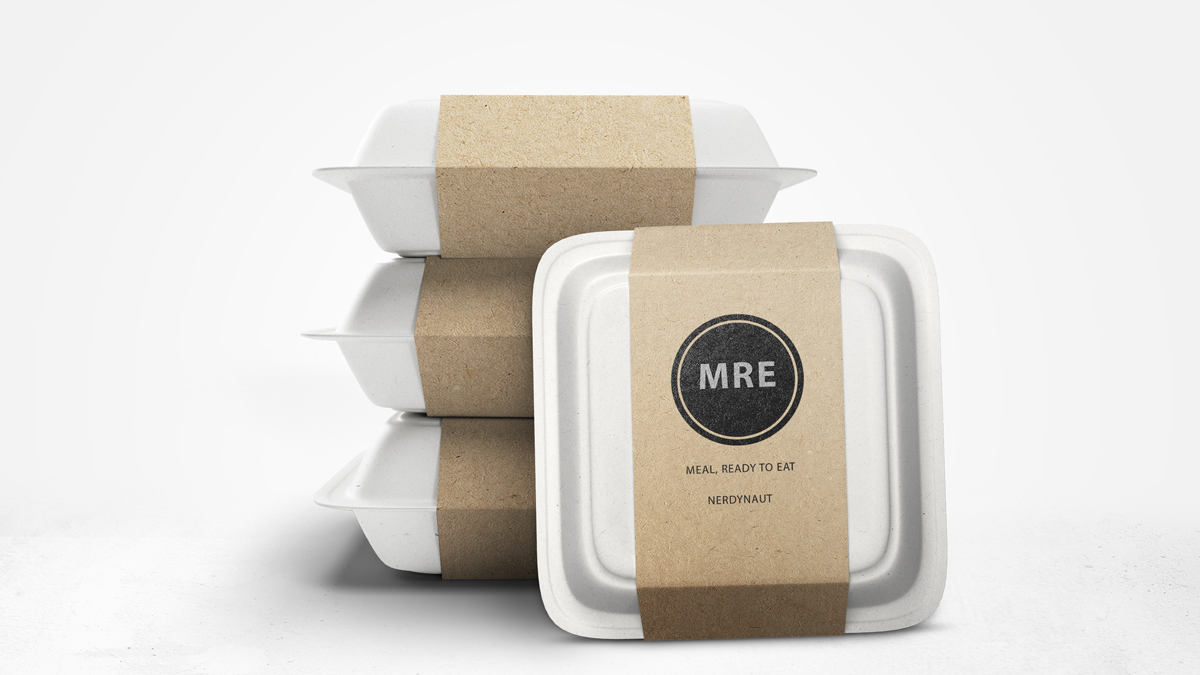
Before MRE (Meal, ready to eat) came into being, soldiers stomached different foods, some of which were not popular. In 1900, soldiers used to eat field rations known as reserve rations, including a single pound of dehydrated meat and a biscuit.
Such created a nutritional deficiency leading to the development of a C ration in 1938. C ration was a canned, contained and pre-cooked meal intended for limited consumption.
Several years later, C ration developed into another product known as MCI (Meal Combat Individual), which was better than the former. Although many soldiers disliked it, it remained in use until MRE emerged in 1983. It is noteworthy that the first MRE was manufactured in 1975. MCI included wet rations boasting 1200 calories each.
Large-scale production of MRE began in 1975, while the first delivery came there years later. Since then, a nutritionist has been making some improvements on MRE to make it widely acceptable. Several tests in 1986 led to increased consumption and acceptance.
Development of MREs
Starting in 1988, the Department of Defense made several adjustments to the MRE. For example, they changed entrée size from 5oz to 8 oz. They also added commercial candies and hot sauce to four menus. As if that was not enough, they included cold beverage bases to 12 menus.
After further testing, from Operation Desert Storm the feedback, they made more changes. For example, commercial freeze-dried coffee replaced mil-spec spray-dried coffee. They also added a hot source to all 12 menus and replaced dehydrated fruits with wet packed fruits. More importantly, they included commercial candy in four more menus.
Operation Desert Storm
During this operation, troops ate more MREs than the intended period of fewer than 10 days. On the contrary, many troops consumed them for more than 60 days.
In response, there were three changes to supplement these MRE and promote acceptability. Such included developing shelf-stable bread and a high heat stable chocolate that could not melt due to desert heat. Lastly, they made flameless ration heaters to allow troops to heat their entrees easily.
Adjustments to the Menu
As years passed, more changes took place as a joint panel made some recommendations to replace two menus yearly. Such a technique resulted in changing several entrees. Three main changes occurred in 1994.
Firstly, they added commercial-like features since a study indicated that commercial packaging gained acceptance and increased consumption. Next, MRE bags and components could open easily. Lastly, manufacturers added biodegradable spoons to make the packaging more environmentally friendly.
A further study in the same year proposed the inclusion of 12 menus to 24 to overcome monotony. Such an approach allowed the consumption of MREs for an extended period.
Consequently, the menu count grew to 16 in 1996 and increased to 20 in 1997. However, the full implementation of 24 menus happened in 1998, resulting in a civilian MRE.
The Emergence of Civilian MRE
Civilian MRE first came into the market in 1999. There has been a great demand for MREs since hurricane Katrina of 2000. Unfortunately, many companies that produced MREs were under restriction not to sell this product to the public. Later on, some companies began to produce civilian MREs to support different needs of users when an emergency strikes.
So, should one purchase a military MRE or civilian MRE? Before 2005, military MRE was better than civilian MRE alternatives. The older version of civilian MRE had inferior components that lacked much variety. After further concern and deliberations, companies producing civilian options enriched them with proper nutrients to be on par with military counterparts.
The Role of MREs in Military
MRE is an important food in the military to provide nourishment for troops. Several creative tests brought better tastes to increase acceptability. At face value, MRE is a mere brown plastic bag full of food and a flameless heater. This food has unique qualities such as withstanding cold and hot temperatures.
MRE is a symbol of hope as it gives optimism to military personnel working under extreme conditions to stay energetic and serve their purpose. It happens to be an alternative way of replenishing energy without much activity, such as cooking and washing dishes.
The Future of MRE in the modern World
MRE is a great option that allows people to access a meal without undergoing a regular cooking process. The world is full of crises and disasters such as earthquakes, war, and more, requiring an emergency response to keep up with the situation.
Different industries have been refining the MRE package components to gain acceptability to various categories of people.
How can one access such items in the locality? Indeed, if you live in Canada, you can search the term MRE Canada and Google will rain options to assist you in locating a suitable store to get such products. That can be only if you are looking for both military and civilian options.
Many activists such as camping and boating in the current world demand MRE to save on time. You use this ready-to-eat food and concentrate on other activities to encounter an exciting experience.
Companies producing such products should enhance further research to develop more acceptable meals to suit different consumer needs. Proper research allows producers to overcome past mistakes and promote user-health without resulting in health deficiencies and complications.
Overall, MRE offers a reliable solution when handling an emergency and promotes your health. However, history indicates that MRE underwent multiple changes to make it more reliable and relevant.
The military has been a perfect place to apply MRE items, but there was a demand for civilian consumption as time moved. The good news is that the bracket opened for other ordinary people to use it.
So, military or civil MRE, which is better? Constant improvements on these products led to high-quality end products for both users. Never undermine any option because it harbors similar components to keep you healthy. As such, it proves that MRE is not a preserve for a special category of people but accessible to several people as you want it. The decision to use it lies in your court.




